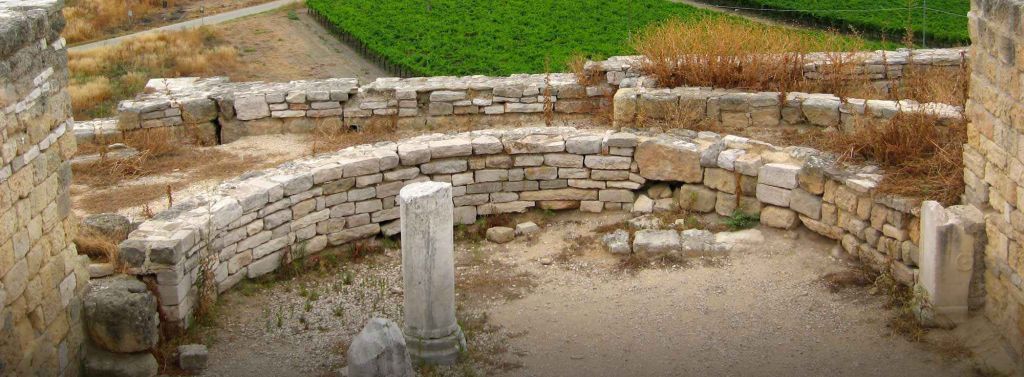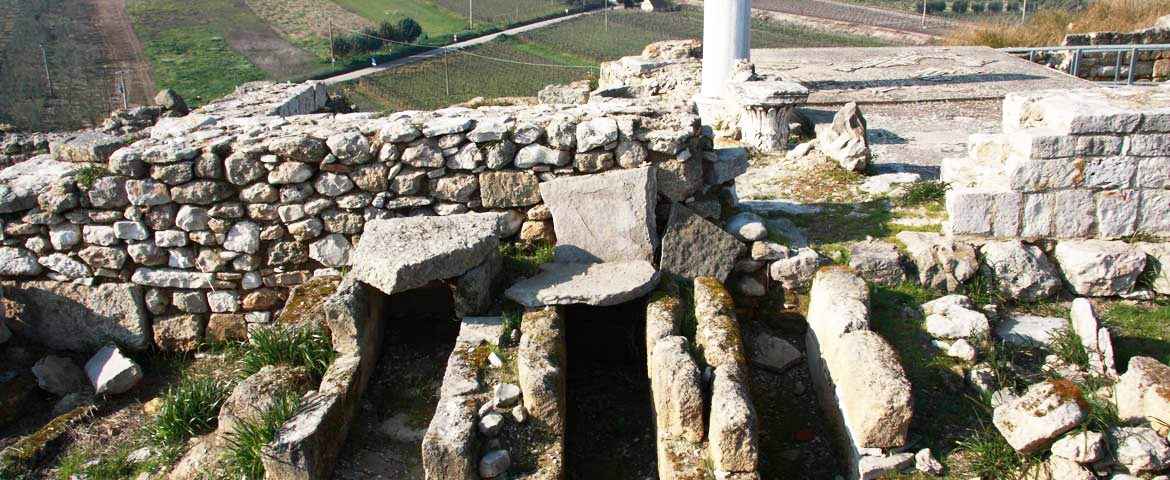



The city of Canne has ancient origins. The area was very populated since the 5th-6th millennium BC. as evidenced by some tools found in it. The city arose between the sixth and fourth centuries BC. as a simple village and here in 216 BC the famous battle of Canne took place which marked a hard defeat for the Romans at the hands of Hannibal's army, which although numerically inferior managed to get the best grace from a tactical device known as a pincer maneuver.
With the fall of the Western Roman Empire, a period of decline began for Canne. It was destroyed by the Ostrogoth troops of Totila and after a slow recovery the city flourished again in the shadow of Canosa until the Saracens destroyed it in 872. The city was the scene of many important battles and had its heyday under Byzantine domination until 1083 when it passed under Norman rule it was destroyed again and was unable to recover.
The archaeological site offers the visitor a very rich route ranging from Roman ruins to medieval finds. The visit to the park begins with the antiquarium, where you can retrace all the life of the city from prehistory to the Middle Ages. To the five chronological sections of the museum there is a sixth dedicated to Hannibal's presence in Italy during the second Punic war.
After the museum, go up to the citadel which offers the opportunity to walk among the remains of the medieval city. In particular, in some points it is possible to admire different stratifications of remains belonging to different eras. The walls of the castle flank the decumanus and on the sides of this main road there are different types of construction, from the Cyclopean blocks of the fifth century BC. with medieval walls.
The decumanus leads directly to the area where the Christian basilicas are located, the smallest of which is surrounded by a large cemetery area. At least two construction phases can be found in the main basilica. and some excavations carried out under its foundations have brought to light finds from the 4th century and fragments from the prehistoric era.
In front of the antiquarium there is a vast space from which a panoramic avenue begins, which climbs towards the area of the Apulian village and of the burial ground. The village is very large and according to the findings it is estimated that it reached its maximum importance between the sixth and third centuries BC, was most likely destroyed during the battle of 216 BC and remained abandoned until the medieval period when it became the seat of a Christian cemetery.
Finally, recent excavations near the station of Canne have highlighted a thermal complex of San Mercurio with a cistern and a water system.
